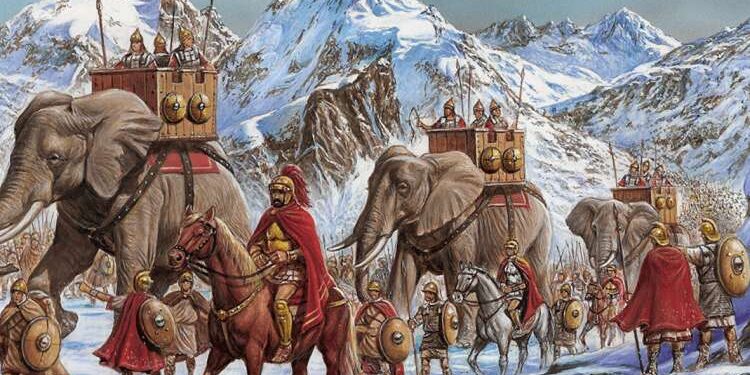The bone of the paw of an elephant, found during excavations alongside war projectiles, intrigues Spanish researchers.
For those who were fighting this “battle elephant” whose 2000 -year -old bone was found in Cordoba? The Spanish daily El País returns to its edition of September 19, 2023, on this discovery which dates from 2019.
Preventive emergency excavations made on a hill of Cordoba (Andalusia, southern Spain) had revealed the carp (wrist bone group) of an elephant “considerable”, dead between the end of the 4th century and the middle of the 1st century BC. J.-C.
This discovery to date arouses many questions, to which researchers are trying to answer. Above all, around the camp that the animal could (despite itself) have defended.
Was the pachyderm at the center of the battles which saw Rome oppose Carthage, or even in Numance, between the end of the 4th century and the middle of the 1st century BC. AD?
Was he one of the famous troops of Hannibal Barca, or of Julius Caesar two centuries later? Was it one of the elephants sent by the kings of North Africa to the siege of Numance, further north in Hispania? Is the animal dead in combat? Specialists wonder.
In the 3rd century BC. AD, the Second Punic War opposed the powerful Roman Empire to Spain to the Carthaginian civilization, led by the war chief Hannibal Barca, at the head of 40,000 men … and fifty-two war elephants, used as “armored”.
In 206 BC. AD, the Romans still managed to seize the city of Cordoba (Corduba at the time), until then in the hands of the Carthaginians. It becomes the capital of the Roman province of Betic (Hispania Baetica).
Rafael Martínez, zoologist and professor of prehistory at the University of Cordoba still examined the bone remains of 15 centimeters out of 8 to make them “speak”. He confirms that it is the “carp of the right shoe, a bone also known as Capitatum, an African or Indian pachyderm of which it is difficult to determine the species.
The researchers could not count on carbon 14 to determine the date of the death of the pachyderm, because the fragment of bone which is not fossilized remains porous. A possible analysis of the proteins it contains could make it possible to obtain more information.








